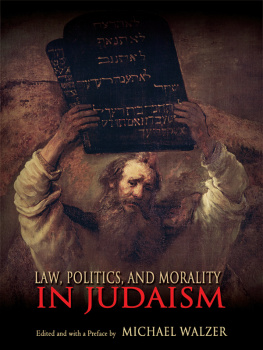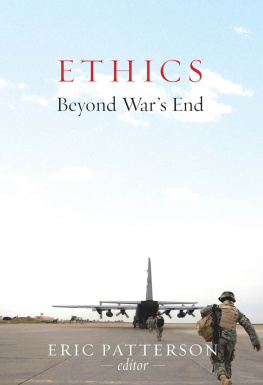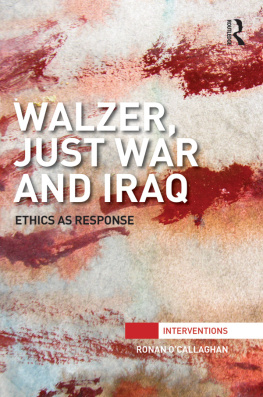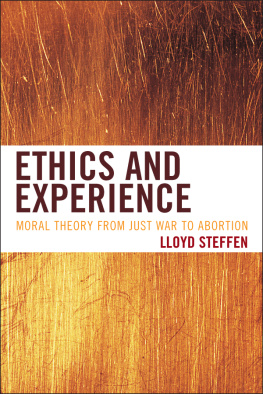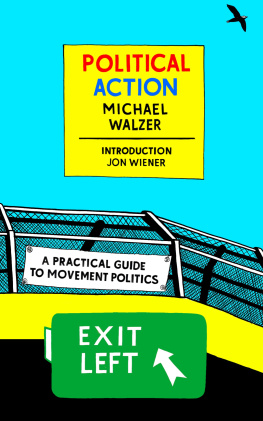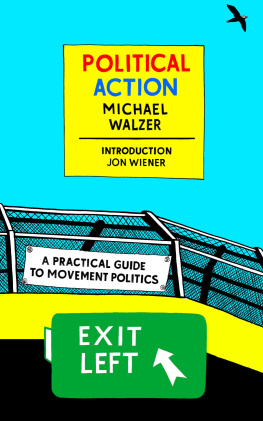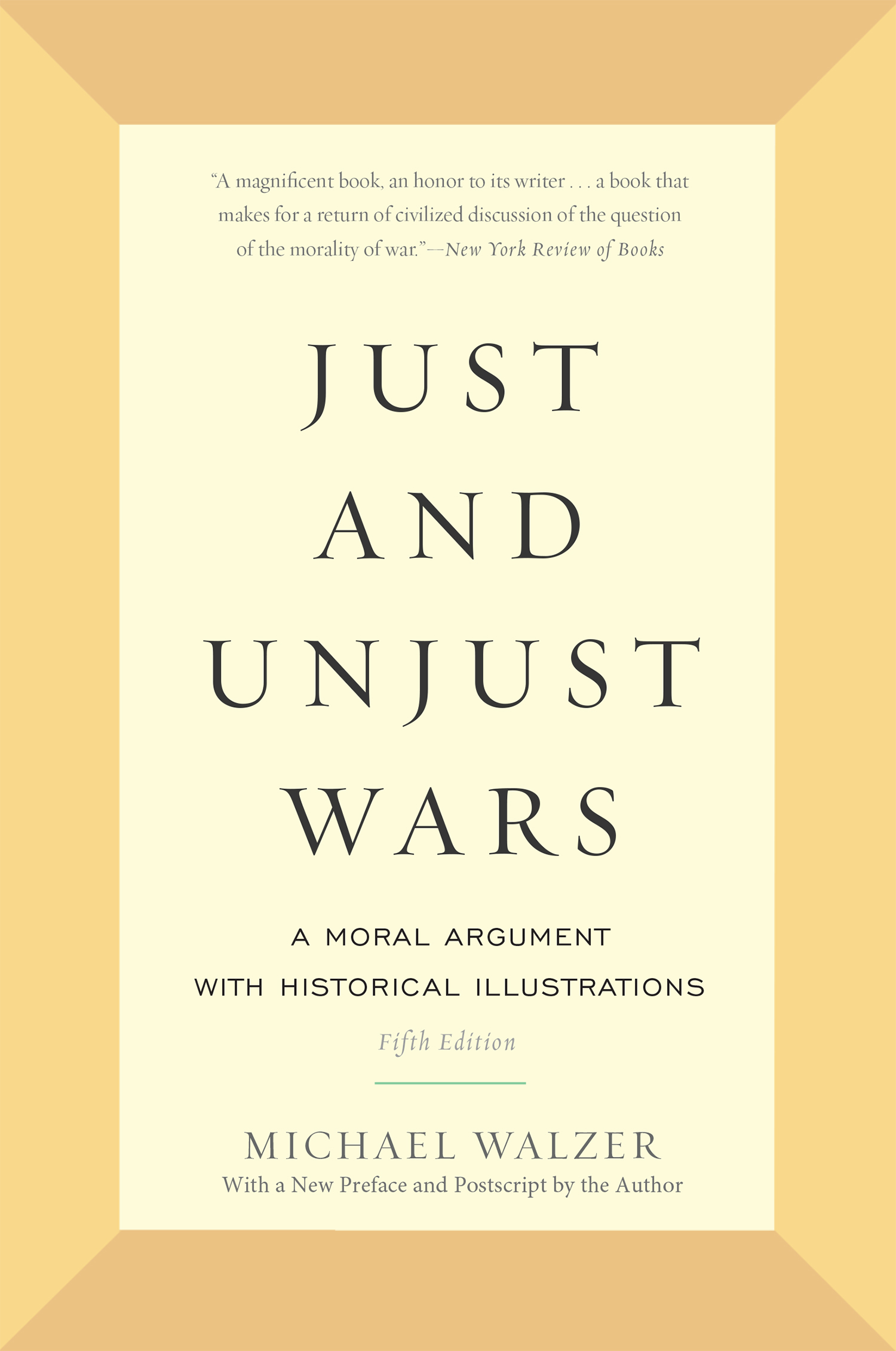Just and Unjust Wars
Fifth Edition
Just and Unjust Wars
A Moral Argument with Historical Illustrations
Fifth Edition
Michael Walzer
A Member of the Perseus Books Group
New York
Copyright 1977 by Basic Books
Copyright 2015 by Basic Books for Preface to the Fifth Edition and Postscript
Published by Basic Books,
A Member of the Perseus Books Group
All rights reserved. Printed in the United States of America. No part of this book may be reproduced in any manner whatsoever without written permission except in the case of brief quotations embodied in critical articles and reviews. For information, address Basic Books, 250 West 57th Street, New York, NY 10107.
Books published by Basic Books are available at special discounts for bulk purchases in the United States by corporations, institutions, and other organizations. For more information, please contact the Special Markets Department at the Perseus Books Group, 2300 Chestnut Street, Suite 200, Philadelphia, PA 19103, or call (800) 810-4145, ext. 5000, or e-mail special.markets@perseusbooks.com.
Designed by Jack Lenzo
Library of Congress Cataloging-in-Publication Data
Walzer, Michael.
Just and unjust wars : a moral argument with historical illustrations / Michael Walzer. Fifth edition.
pages cm
Includes bibliographical references and index.
ISBN 978-0-465-05270-7 (e-book) 1. War. 2. WarMoral and ethical aspects. 3. Just war doctrine. I. Title.
U21.2.W345 2015
172.42dc23
2015010999
10 9 8 7 6 5 4 3 2 1
Aux martyrs de lHolocauste
Aux rvolts des Ghettos
Aux partisans de forts
Aux insurgs des camps
Aux combatants de la rsistance
Aux soldats des forces allies
Aux sauveteurs de frres en peril
Aux vaillants de limmigration clandestine
A lternit
Inscription at Yad Vashem Memorial, Jerusalem
Contents
The book of Ecclesiastes ends with a complaint: Of making many books, there is no end. On the occasion of the fifth edition of Just and Unjust Wars , I cant complain about that; I am grateful for the re-making of this book. But it is also true that Of making many wars, there is no end, and this should be a universal human complaint. I am writing just as the United States is ending two of the longest wars in its history (in Afghanistan and Iraq)and beginning another (to degrade and defeat the Islamic State in Syria and, again, Iraq). Each new edition of Just and Unjust Wars has coincided with new wars and new questions about war. I wrote about humanitarian intervention in the preface to the third edition and about wars for regime change in the preface to the fourth.
As this latest edition is being prepared for publication, intense arguments are under way about asymmetric warfarearguments that overlap a great deal with central issues in this book. But asymmetric warfare has its own set of moral difficulties and immoral cruelties that require specific, detailed consideration and judgment. For reasons I will come to, judgment is especially importanthence this newly prepared preface.
Most of the wars of the past several decades have been asymmetric; notably, for American citizens, the war against the Taliban in Afghanistan and the second Iraq war (after the first few weeks, when the success of the invasion produced an unexpected insurgency)also the Israeli wars in Lebanon and Gaza, the Sri Lankan war against the Tamil rebels, and the Russian war in Chechnya. Asymmetric warfare isnt new; the guerrilla wars discussed in chapter 11, especially the Vietnam War, are earlier examples. Some writers believe that traditional just war theory, with its long-established rules about when to fight and how to fight, cannot deal with asymmetry. But if the theory worked, as I think it did, in helping Americans understand what was wrong in Vietnam, there is no reason why it cant work in other times and places. It is a good theory; we remain indebted to the Catholic theologians who invented it centuries ago.
But the theory was invented to deal with what we now call conventional warfarewhere two armies are engaged and each one is pretty much like the other in organization and armaments. If there are any rules that govern the fighting, it is easy to imagine that they will be the same for the two armies and for all their soldiers. Wars of that sort arewe should be thankfulrare these days. Iran and Iraq fought an old-fashioned war in the 1980s, and the 1991 Iraq war, against the conquest of Kuwait, was roughly conventional. We can all think of possible wars like those, but they are not likely to happen anytime soon.
In the more immediate conditions of asymmetry, by contrast, there is only one army, organized, armed, and disciplined by a modern state; its opponents are insurgents, less well-organized, less well-armed, and often without a coordinated system of military discipline or of military justice. Do the same rules apply to armies and insurgents? I want to say that they do, but that requires an argument.
The insurgents claim the prerogatives of weaknesswhich follow, they say, from the conventional doctrines of military necessity and last resort applied to their special circumstances. So the old rules do apply, but given the circumstances, not in the same way to the two sides. The insurgents have to be able to hide from the armys overwhelming firepower, so they cant wear uniforms. They cant fight along a front; they have to be able to strike anytime, anywhere, so they cant always distinguish combatants from civilians. In any case, military targets are often too dangerous for them to attack; killing civilians, they argue, is often the only thing they can do, so it is their last resort even if they dont actually try anything else. And they cant build fortresses or military bases, for if they dont have a front, they also dont have a rear where they can assemble or regroup in safety. The only protection they have is the cover of their own peoples homes and neighborhoods.
For the conventional army, insurgents claiming these prerogatives are a big problem. The army gets no circumstantial exemption from the old rules; it is expected above all to maintain the distinction between combatants and civilians, even if the insurgents deliberately blur the distinction. But how can its soldiers fight against enemies who hide among the civilian population without killing civilians?
The proportionality rule (see The Argument of Henry Sidgwick in chapter 8) is supposed to provide criteria for judging those deaths, but proportionality in warfare is not an exact science. Historically, in conventional wars, the rule has most often been read permissively: the value of the military target is so great that a fairly high number of civilian casualties (collateral damage, as it is called) is not disproportionate. Think about an Allied decision to bomb a German tank factory in World War II. The factory is located in a working-class neighborhoodnot for the sake of civilian cover but because that is where factories were built before workers had cars. Given the aiming devices available in 1943, any attack on the factory would kill many civilians. But the death of many civilians, indeed, of almost any number of civilians, is not disproportionate to the value of stopping the production of tanks for the German war effort. This same argument can be made, and was regularly made, in defense of attacks on considerably less valuable targetswhich is the reason for my skepticism about the proportionality rule in this book.


